The human body relies on its largest muscles for strength, stability, and motion. These muscles play crucial roles in everyday activities like walking, lifting, and maintaining posture. Found in different regions, they vary in size and purpose. Each muscle works alongside others to support our movements and protect vital structures. Let’s dive into the largest muscles and their incredible functions.
Gluteus Maximus
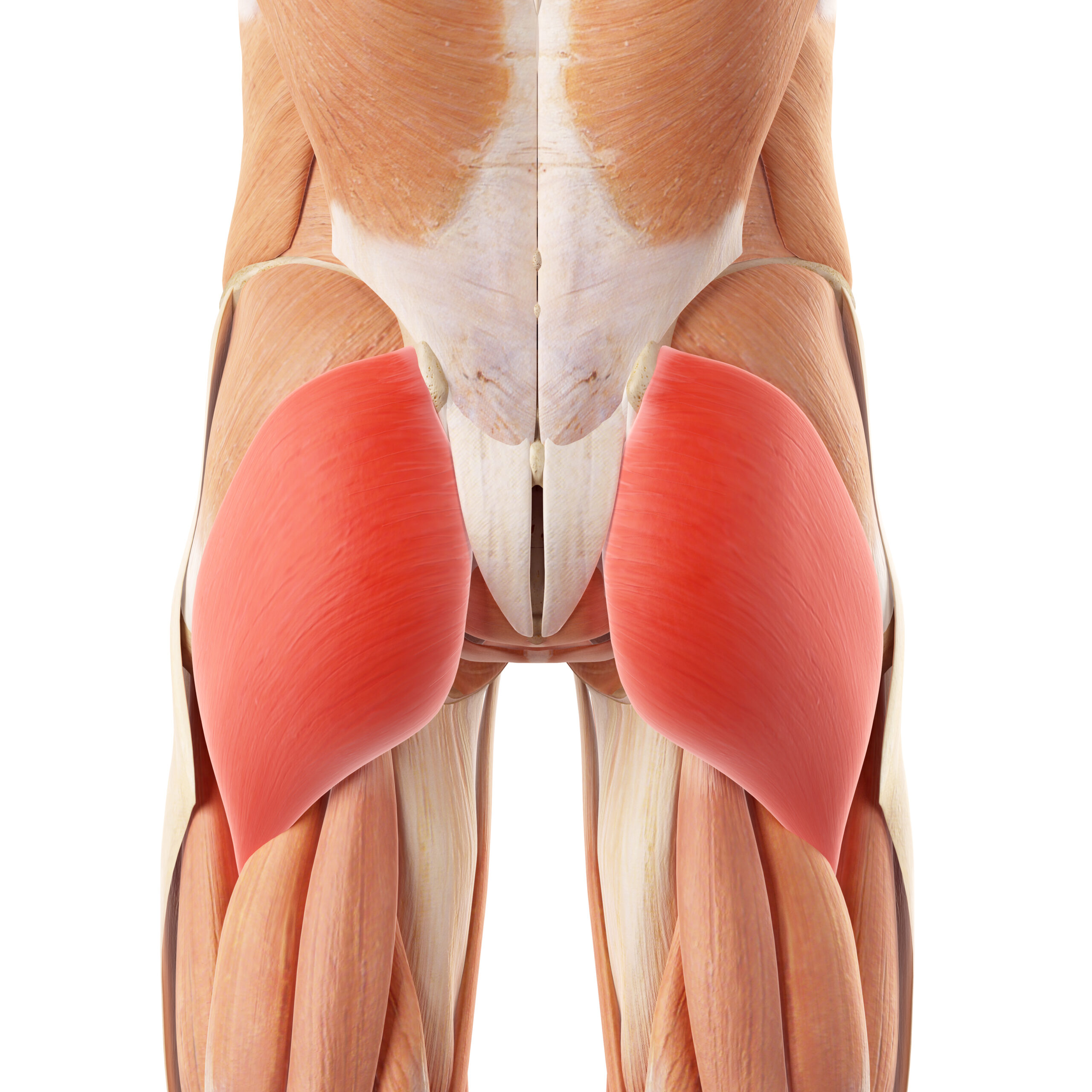
The gluteus maximus is the largest muscle in the body by volume. It is located in the buttocks and forms its rounded shape. This muscle extends and rotates the hip joint, helping with movements like climbing stairs and standing up. It connects to the pelvis and femur, stabilizing the pelvis during walking. Its sheer size supports the body’s upright posture and provides strength for powerful lower body movements. The gluteus maximus works closely with the sacrum and coccyx bones.
Latissimus Dorsi
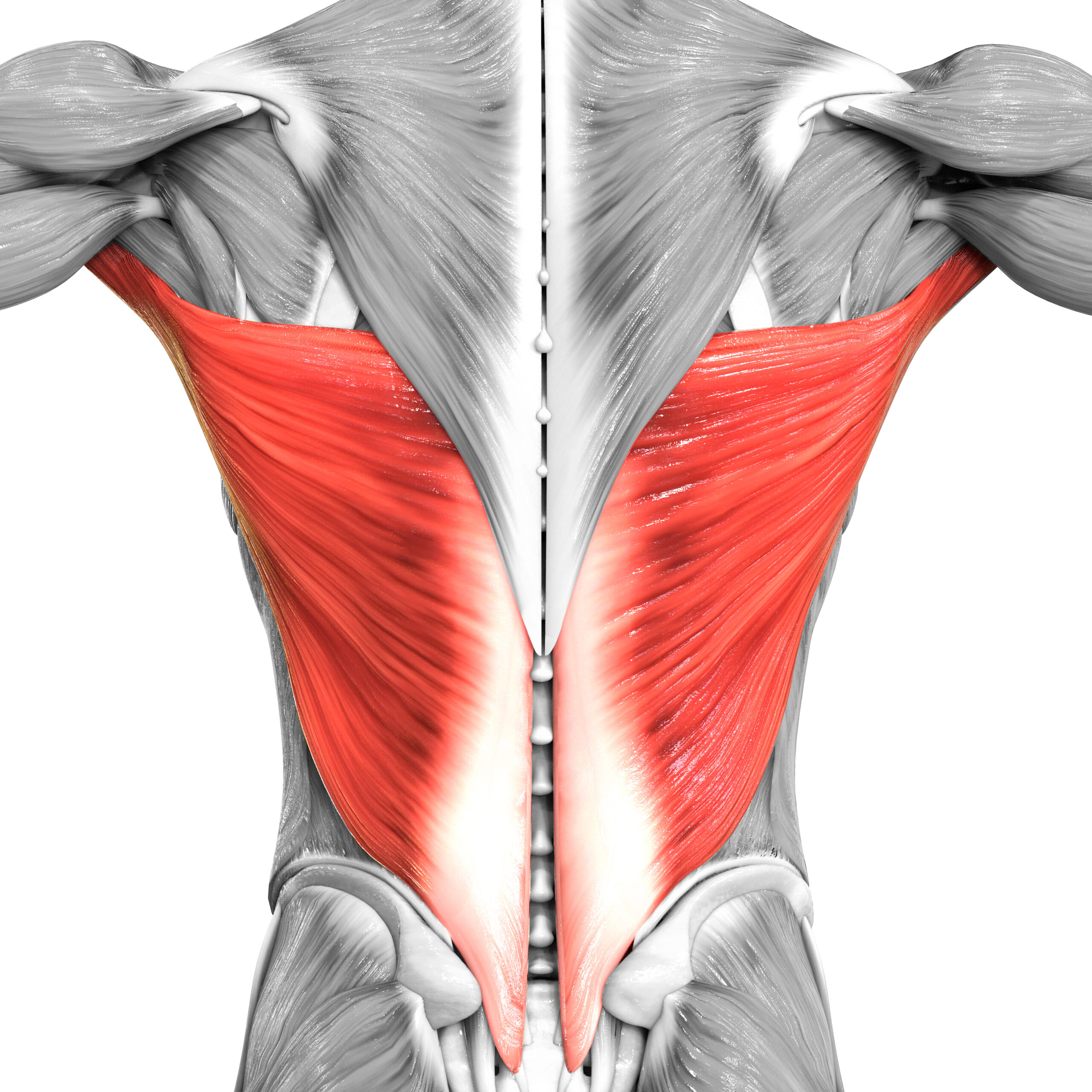
The latissimus dorsi spans the back, giving it a broad and flat appearance. It covers a significant area, running from the lower spine to the upper arm bone. This muscle helps extend, adduct, and rotate the shoulder. It also aids in pulling and lifting motions, such as rowing or climbing. Its volume and strength support movements requiring upper body power. The latissimus dorsi attaches to the humerus and the vertebrae in the lower and mid-back.
Quadriceps Femoris
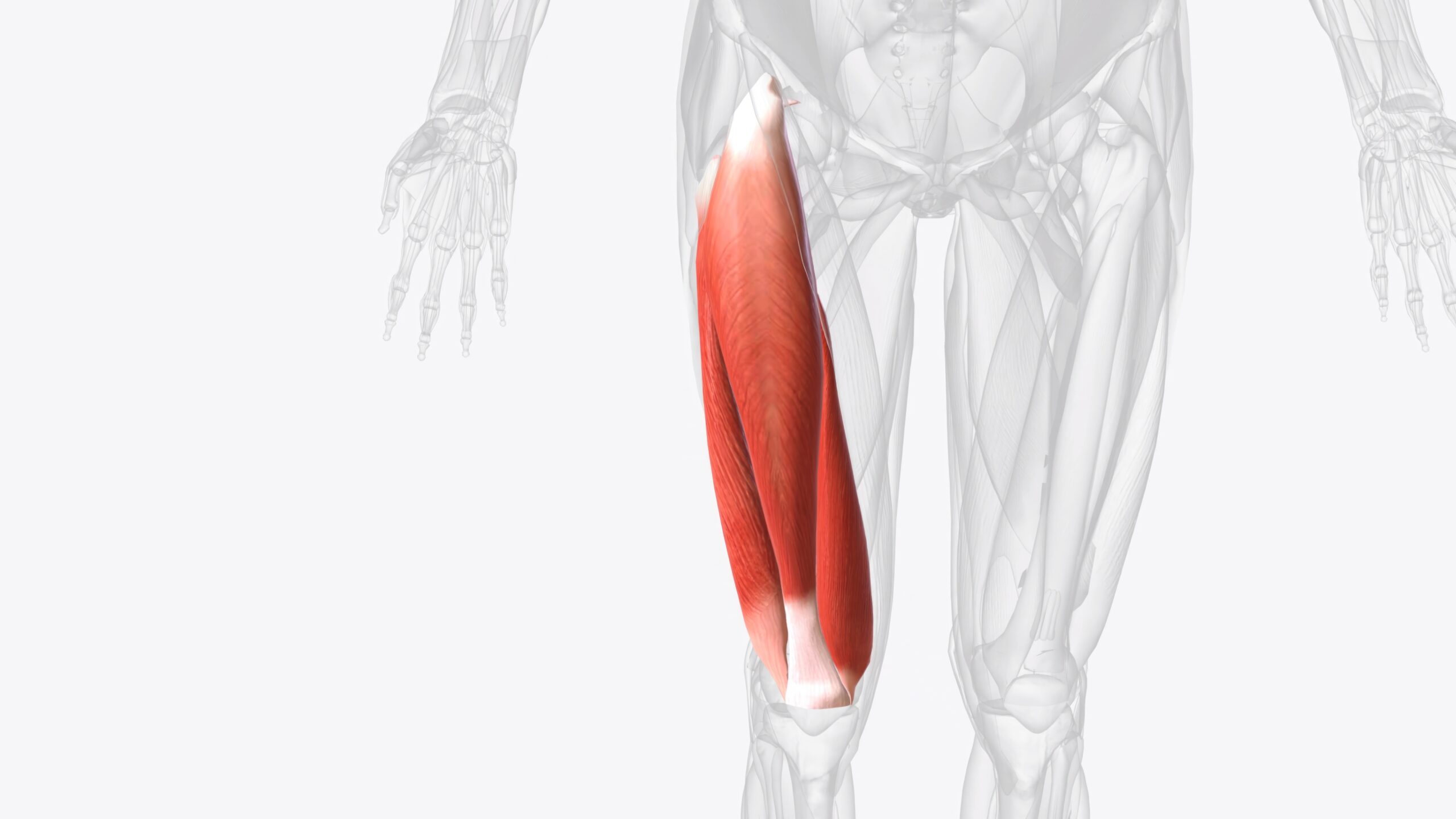
The quadriceps femoris is a group of four muscles located in the front of the thigh. These muscles include the rectus femoris, vastus lateralis, vastus medialis, and vastus intermedius. Together, they form a powerful muscle group responsible for extending the knee joint. This action is essential for walking, running, and jumping. They connect to the femur and patella, providing stability and mobility for the lower body. The quadriceps have a high muscle volume, making them a key player in leg strength.
Hamstrings
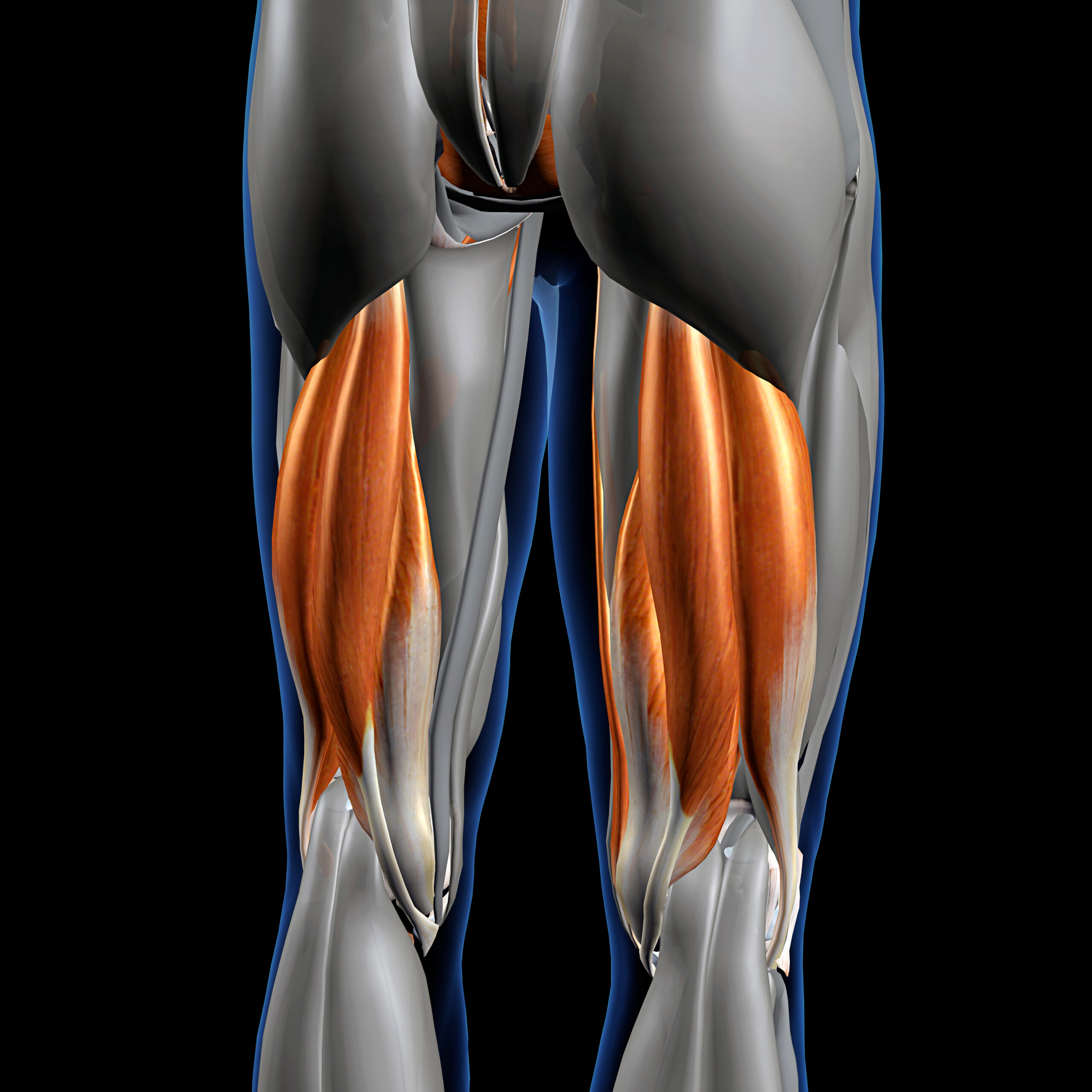
The hamstrings are located at the back of the thigh. This group includes three muscles: biceps femoris, semitendinosus, and semimembranosus. They assist in bending the knee and extending the hip, crucial for activities like running and climbing. These muscles attach to the pelvis and tibia, supporting leg movement and balance. Their size and function make them essential for lower body power and flexibility. The hamstrings also stabilize the knee joint during motion.
Pectoralis Major
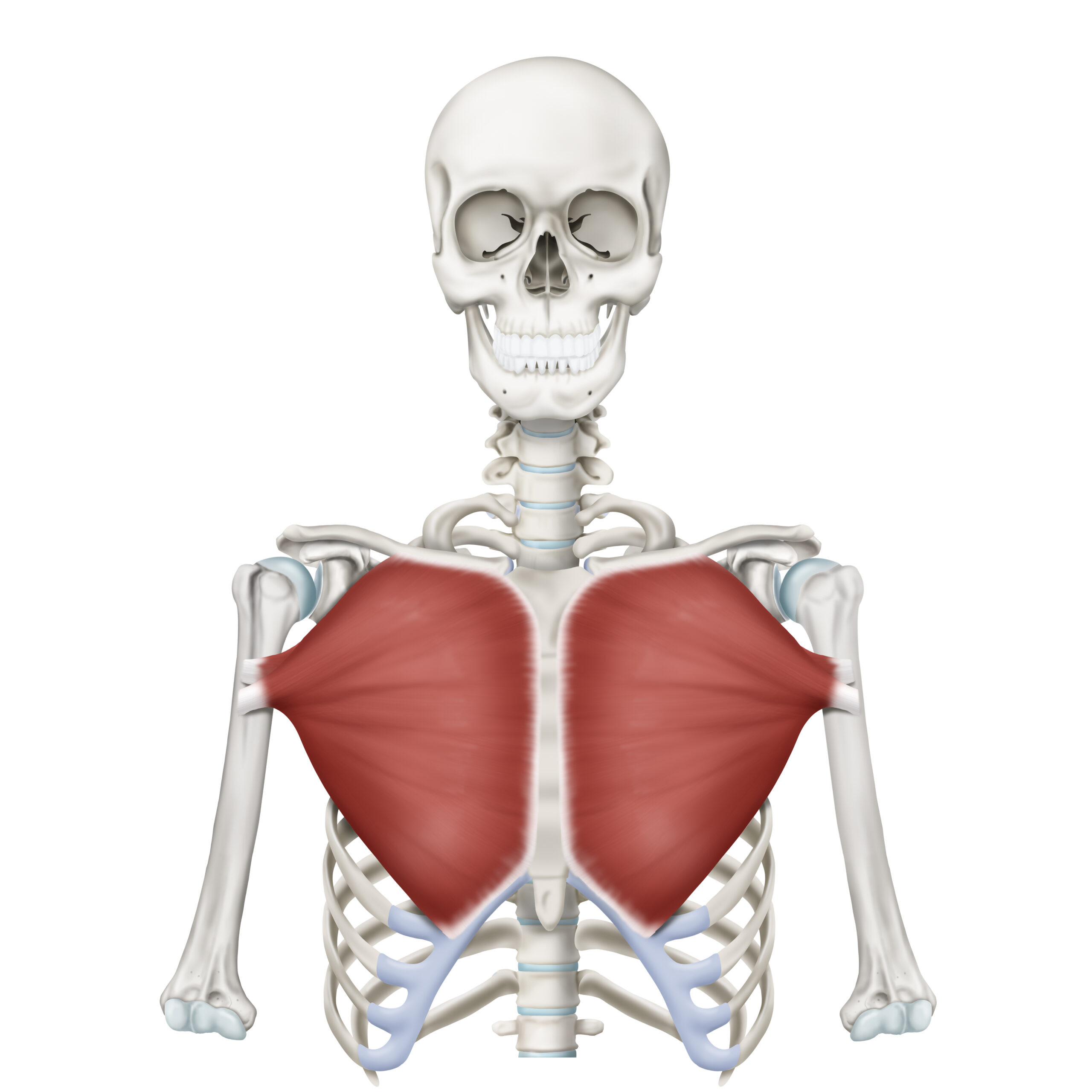
The pectoralis major is a large, fan-shaped muscle in the chest. It spans from the sternum and clavicle to the humerus. This muscle helps with shoulder flexion, adduction, and rotation. It is vital for pushing and lifting movements, such as pushing a door or lifting a weight. The pectoralis major supports the chest wall and connects to the ribs and collarbone. Its strong muscle fibers contribute to upper body strength.
Trapezius
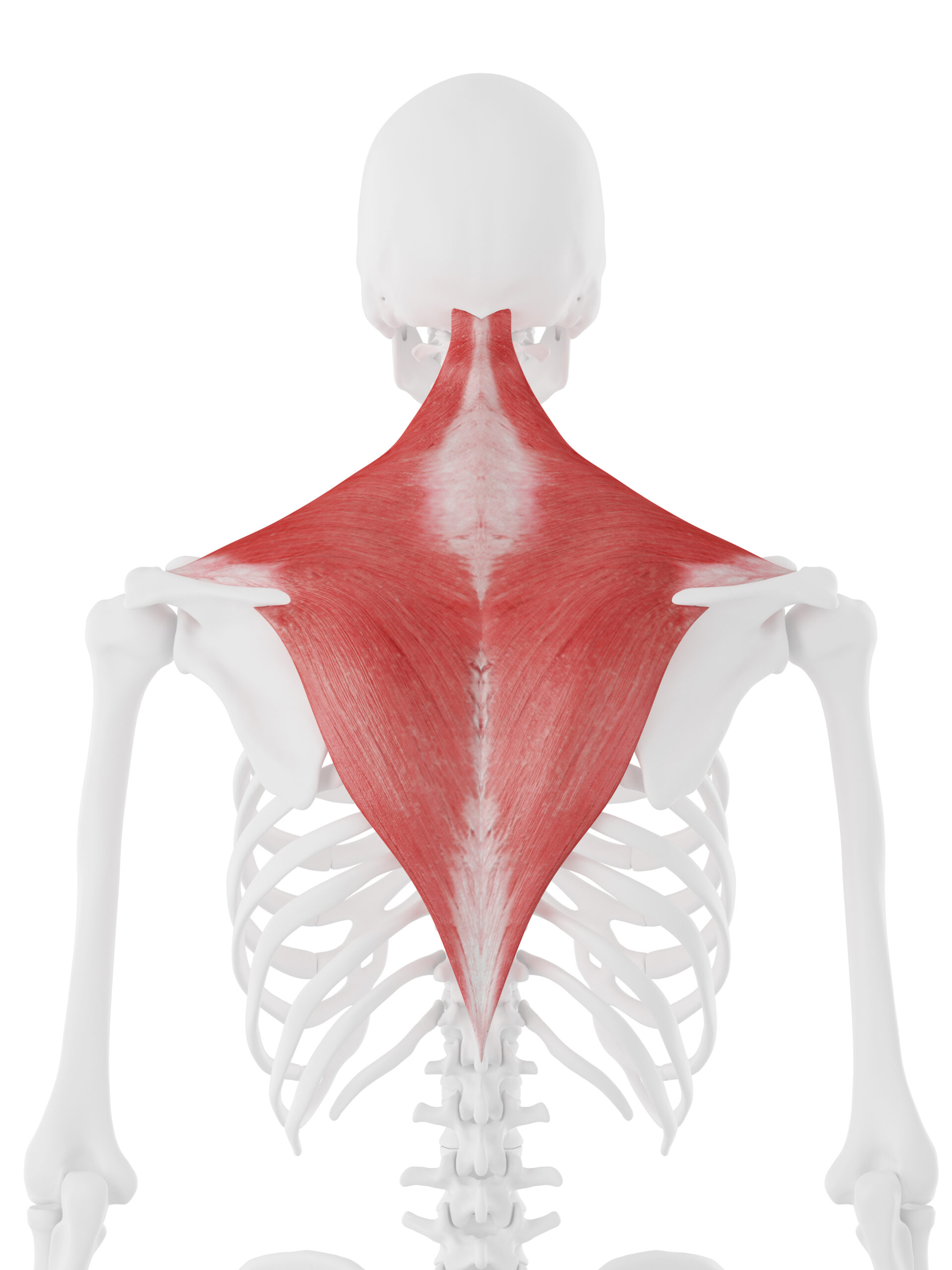
The trapezius is a large, triangular muscle located in the upper back and neck. It runs from the base of the skull to the shoulders and mid-back. This muscle controls scapular movement, aiding in shrugging, rotating, and stabilizing the shoulders. It connects to the cervical and thoracic vertebrae as well as the scapula and clavicle. The trapezius also helps maintain posture and supports head movement. Its size makes it a significant muscle for upper back function.
Deltoid
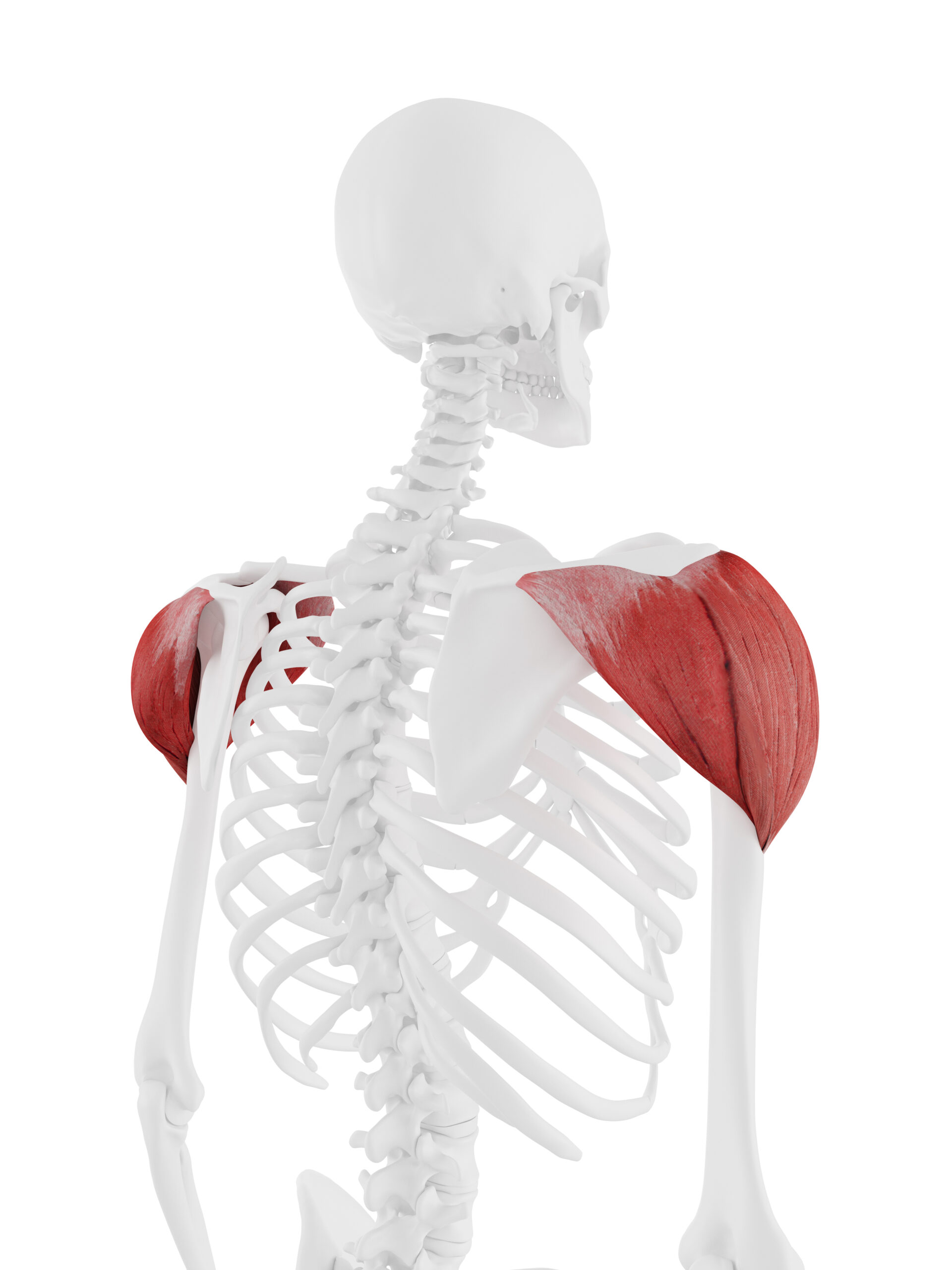
The deltoid is a thick, triangular muscle covering the shoulder joint. It has three parts: anterior, lateral, and posterior, which allow multi-directional arm movement. This muscle aids in lifting, rotating, and stabilizing the arm. It attaches to the scapula, clavicle, and humerus, providing strong support for shoulder mobility. Its volume makes it critical for upper body strength and endurance. The deltoid enables versatile motions, from throwing to lifting overhead.
Rectus Abdominis
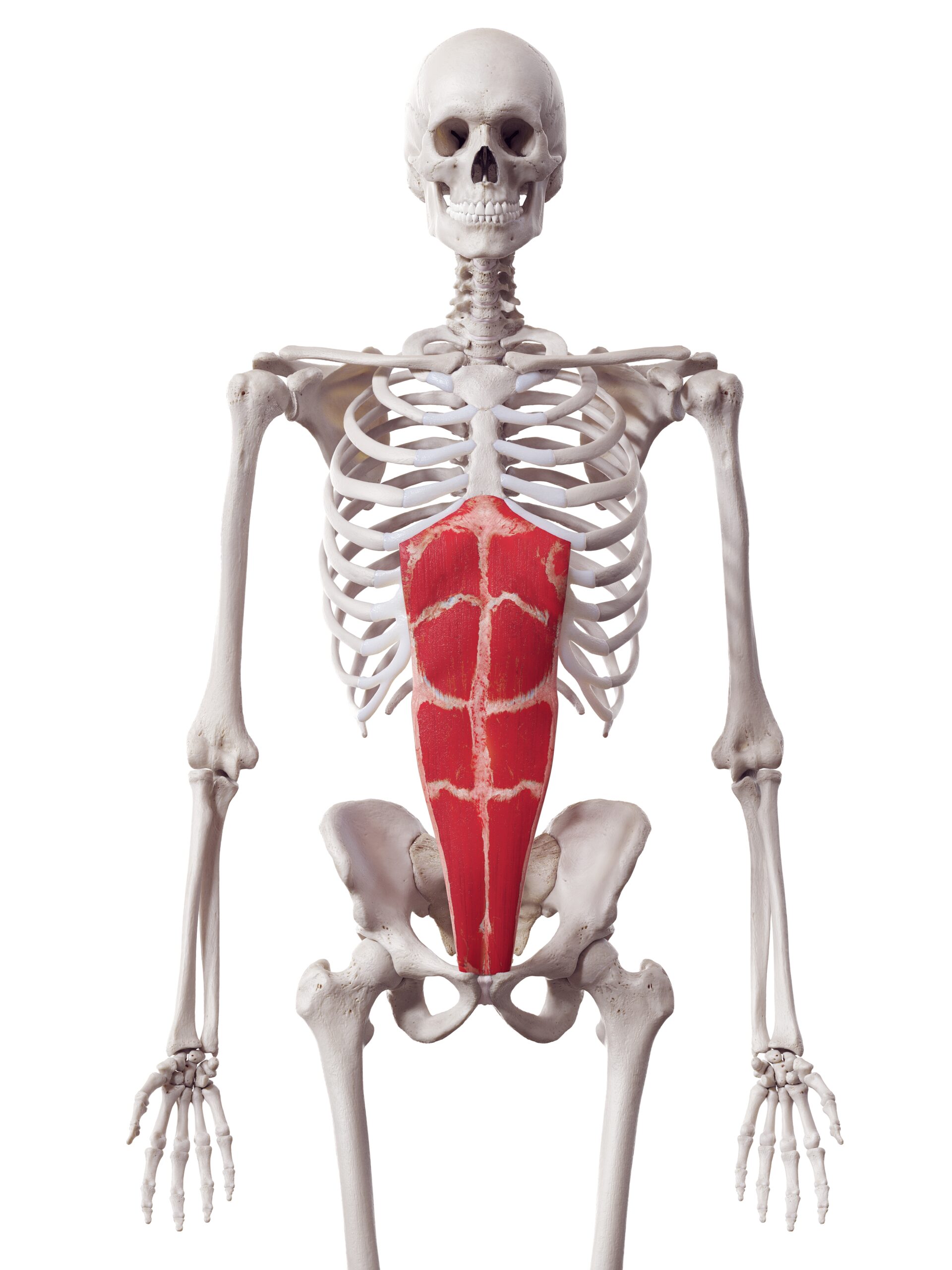
The rectus abdominis is the prominent muscle in the front of the abdomen, often referred to as the “six-pack.” It runs vertically from the pubic bone to the sternum. This muscle helps flex the spine and stabilize the pelvis during movement. It plays a key role in posture, breathing, and core strength. It connects to the ribs and pelvis, providing structural support for the torso. Its defined structure makes it essential for abdominal stability and power.
External Obliques
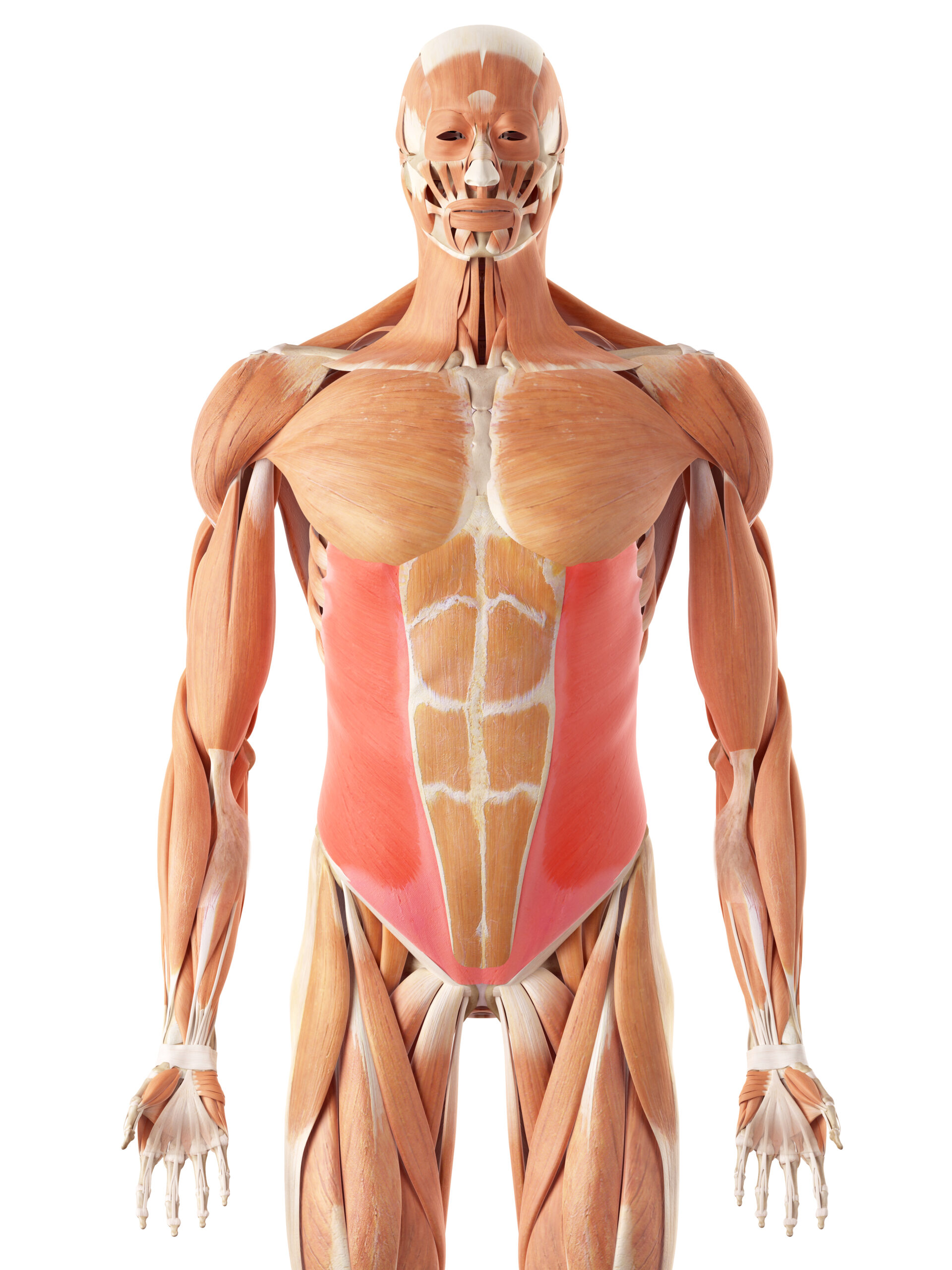
The external obliques are large, flat muscles on each side of the abdomen. They run diagonally from the lower ribs to the pelvis. These muscles assist in trunk rotation, side bending, and compressing the abdomen. They support breathing and provide core stability during movement. The external obliques attach to the lower ribs, iliac crest, and pubic bone. Their strength contributes to overall torso flexibility and posture.
Sartorius
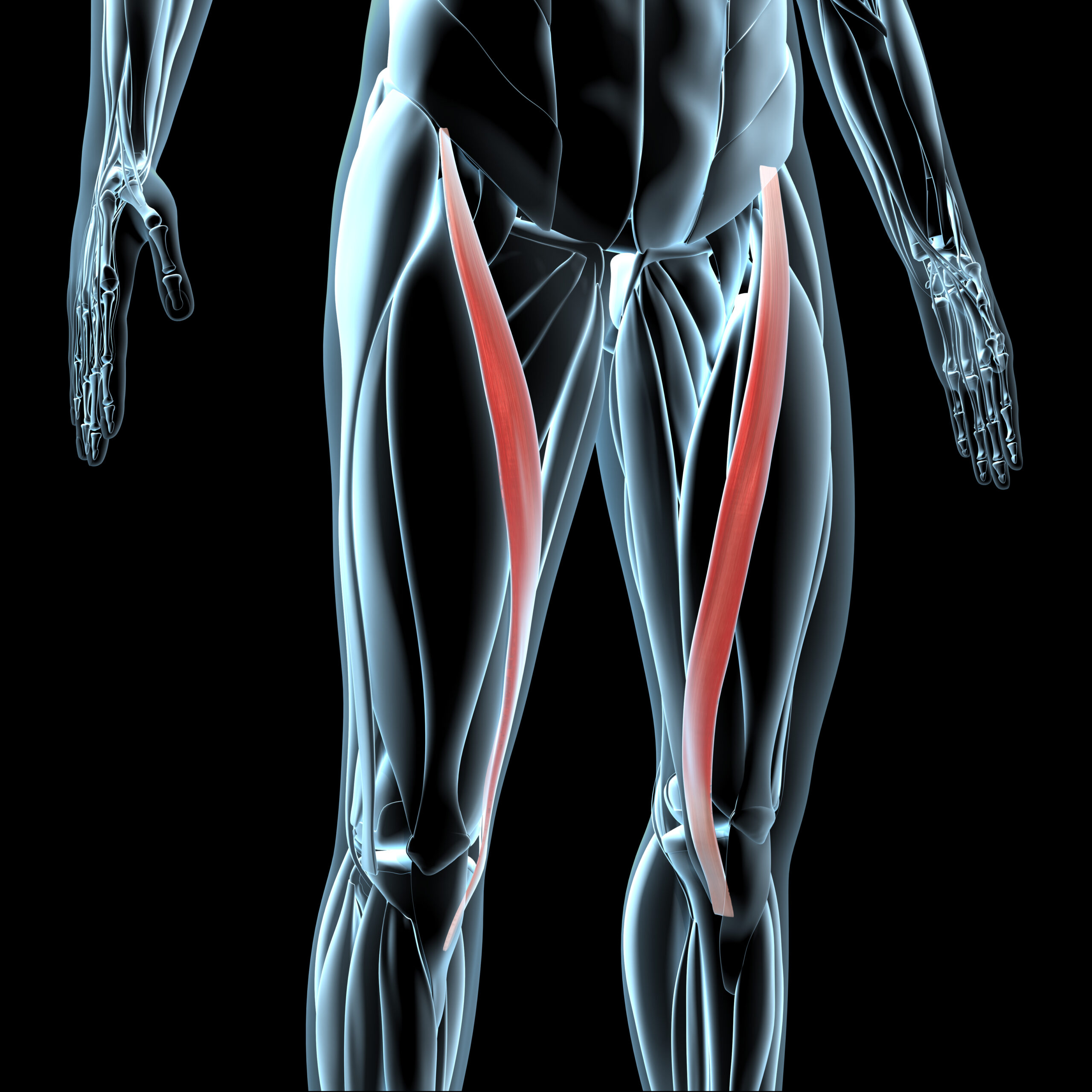
The sartorius is the longest muscle in the human body. It runs diagonally across the thigh from the pelvis to the inner knee. This muscle aids in hip and knee flexion, as well as leg rotation. It supports movements like sitting cross-legged and stabilizing the knee. The sartorius connects to the anterior superior iliac spine and tibia. Its length and function contribute to leg mobility and coordination.
Gastrocnemius
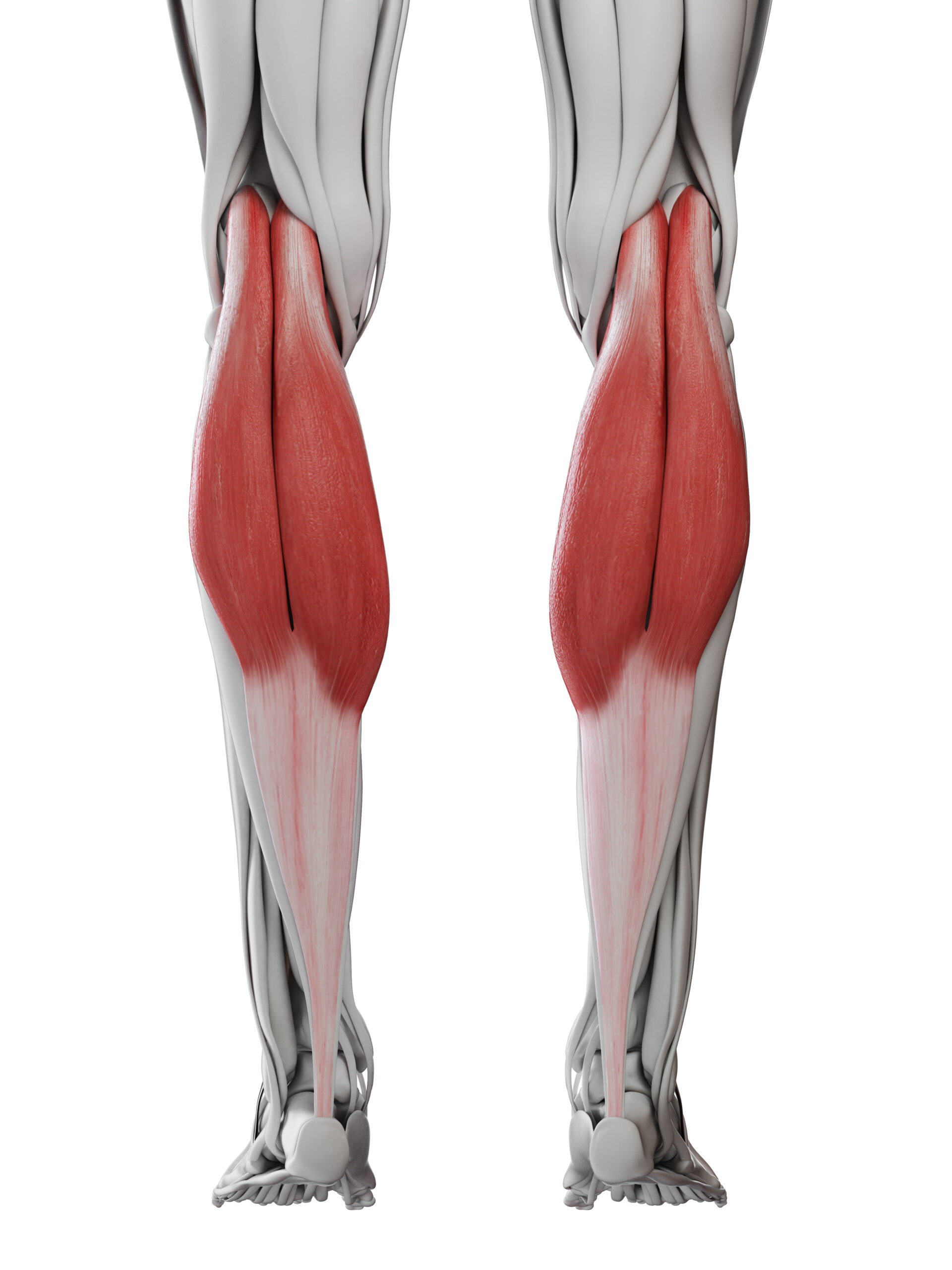
The gastrocnemius is a prominent calf muscle visible at the back of the lower leg. It originates from the femur and inserts into the Achilles tendon. This muscle helps with plantar flexion of the foot and knee flexion. It plays a crucial role in activities like walking, running, and jumping. Its large muscle volume provides power and propulsion for lower body movement. The gastrocnemius works in coordination with the soleus.
Soleus
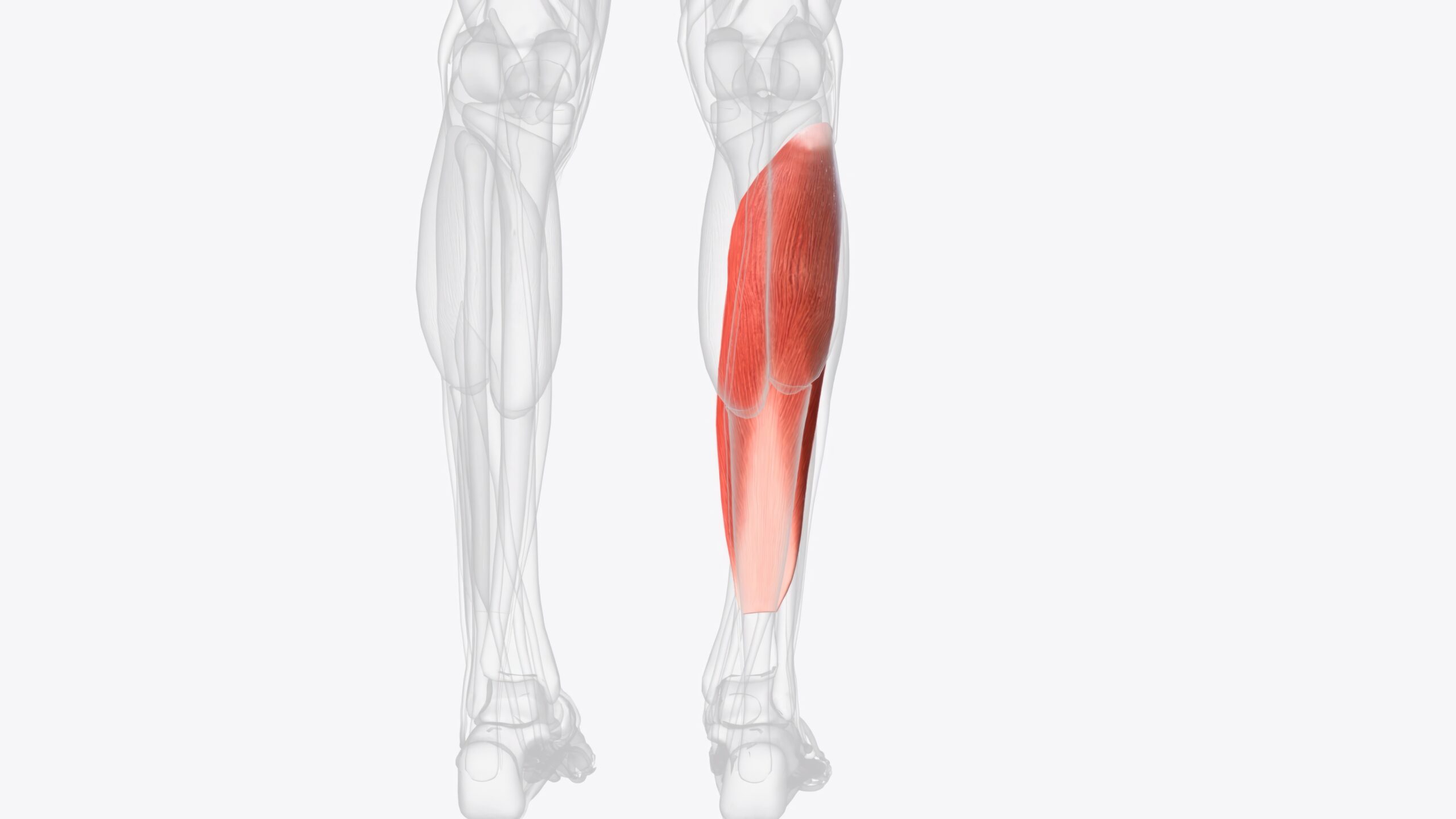
The soleus is a broad, flat muscle located beneath the gastrocnemius in the calf. It attaches to the tibia, fibula, and Achilles tendon. This muscle supports plantar flexion of the foot, enabling activities like walking and standing on tiptoes. Its slow-twitch muscle fibers make it essential for endurance activities. The soleus works to maintain posture and stability during prolonged standing. Its volume adds to the strength of the lower leg.
Biceps Brachii
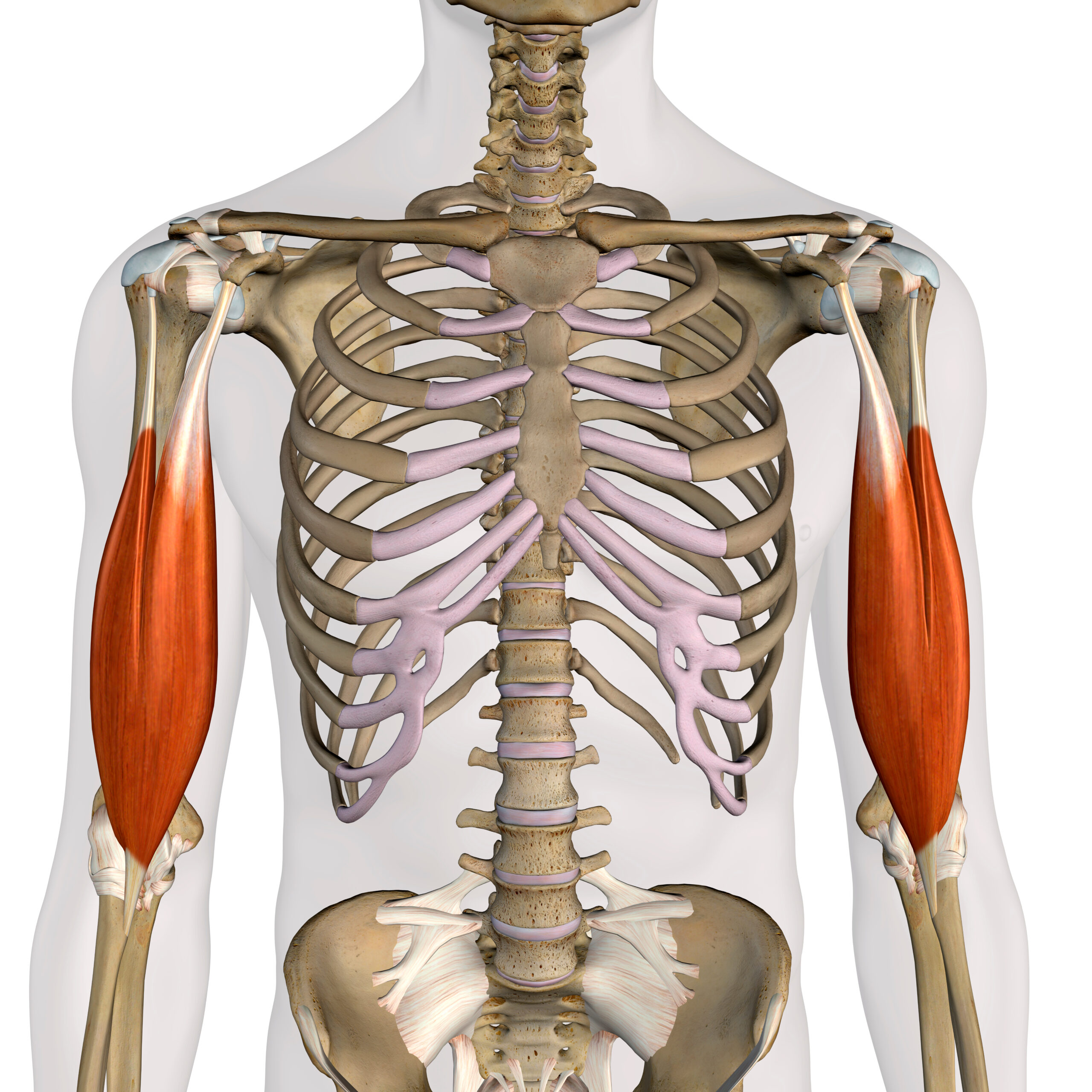
The biceps brachii is a two-headed muscle located in the upper arm. It runs from the shoulder blade to the radius bone of the forearm. This muscle aids in flexing the elbow and rotating the forearm. It also assists in lifting and pulling motions. The biceps connect to the scapula and radius, supporting upper limb mobility. Its shape and volume make it a key muscle for arm strength and versatility.
Triceps Brachii
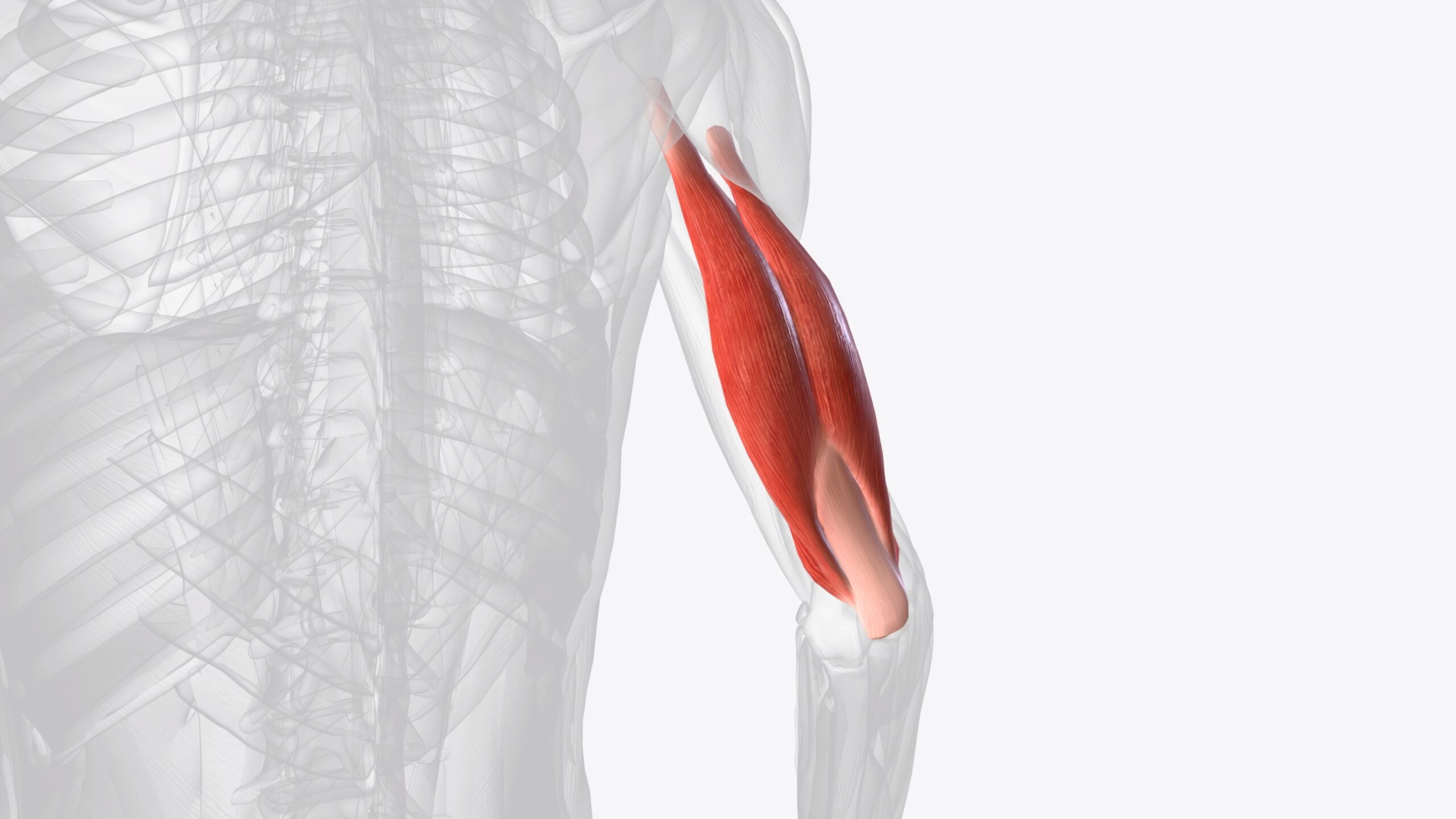
The triceps brachii is a large, three-headed muscle located at the back of the upper arm. It extends from the scapula and humerus to the ulna in the forearm. This muscle enables elbow extension and supports pushing movements. It also stabilizes the shoulder during arm motion. The triceps provide balance to the upper arm and contribute to overall arm strength. Its large size makes it essential for upper body power.
Adductor Longus
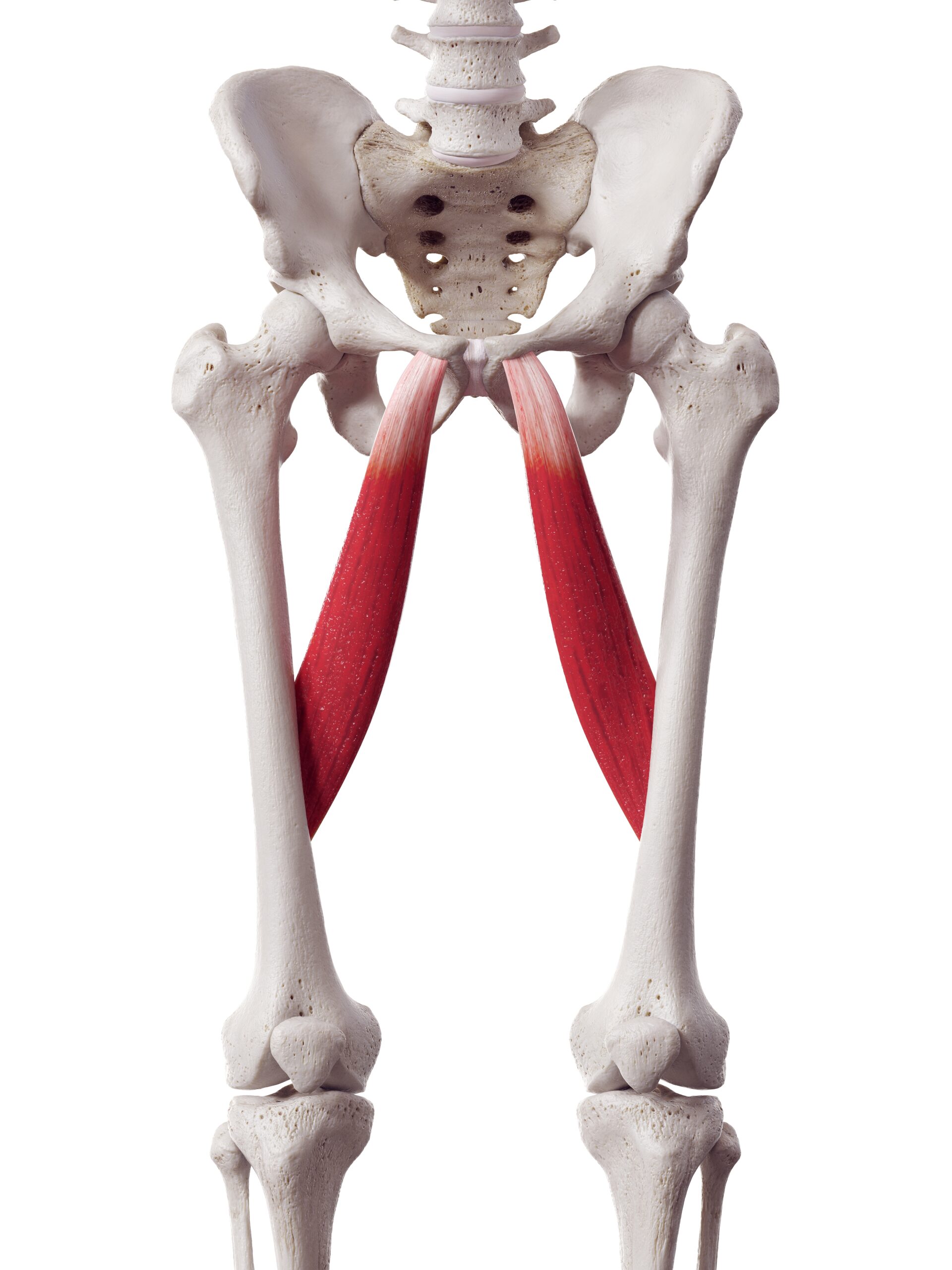
The adductor longus is a long, flat muscle located in the inner thigh. It originates from the pubis and inserts into the femur. This muscle helps with thigh adduction, pulling the leg inward toward the body. It also assists in hip flexion and stabilization. The adductor longus supports activities like walking, running, and maintaining balance. Its location and volume make it crucial for lower limb coordination.
This article originally appeared on Rarest.org.
More from Rarest.org
8 Largest Submarines in the World
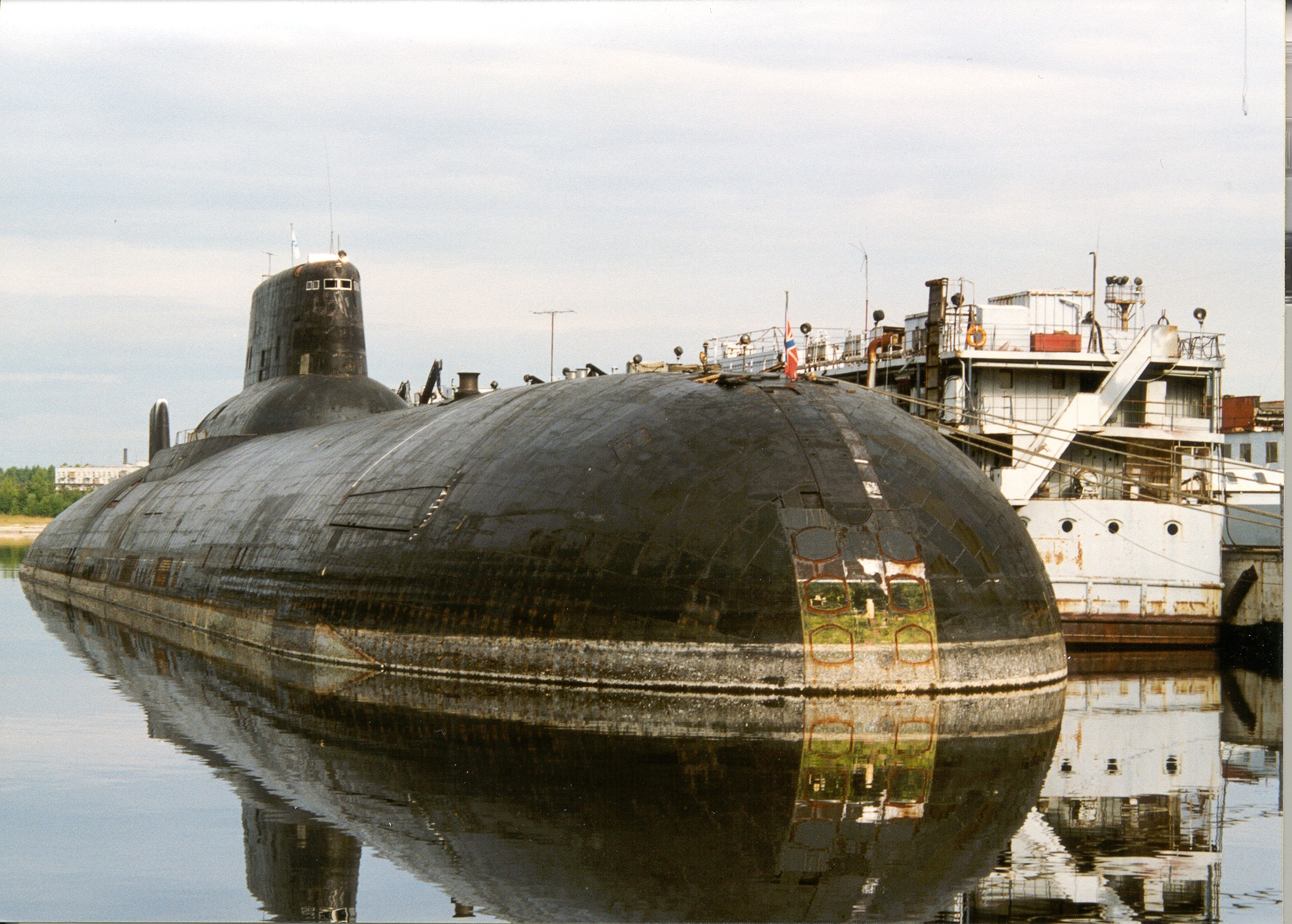
Submarines are marvels of modern engineering, designed for stealth, power, and endurance beneath the waves. Read More.
10 Oldest Dog Breeds in The World
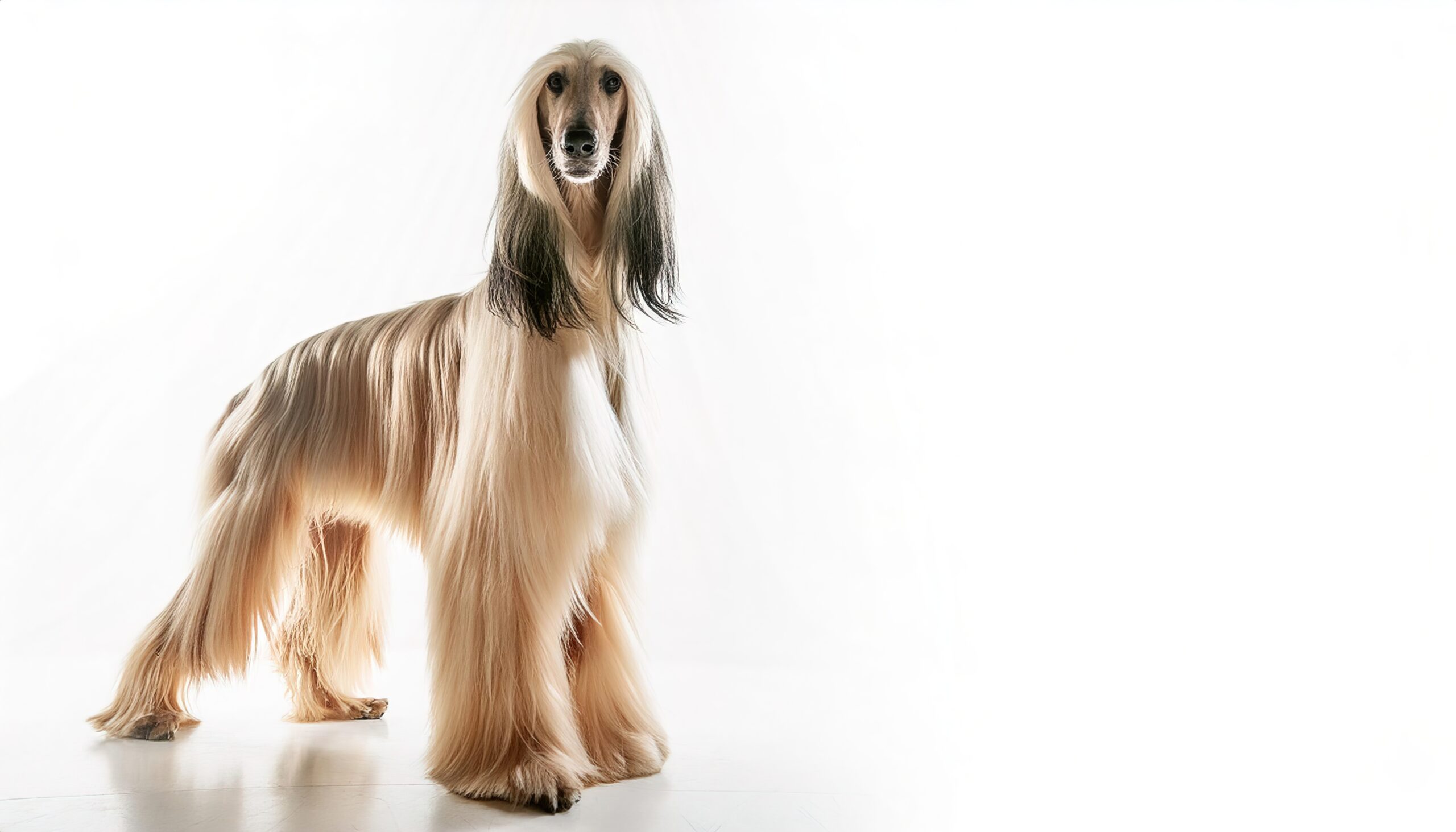
Dogs have been companions to humans for thousands of years, with some breeds standing the test of time and remaining largely unchanged. Read More.
15 Exotic Flowers That Thrive in Diverse Climates Worldwide
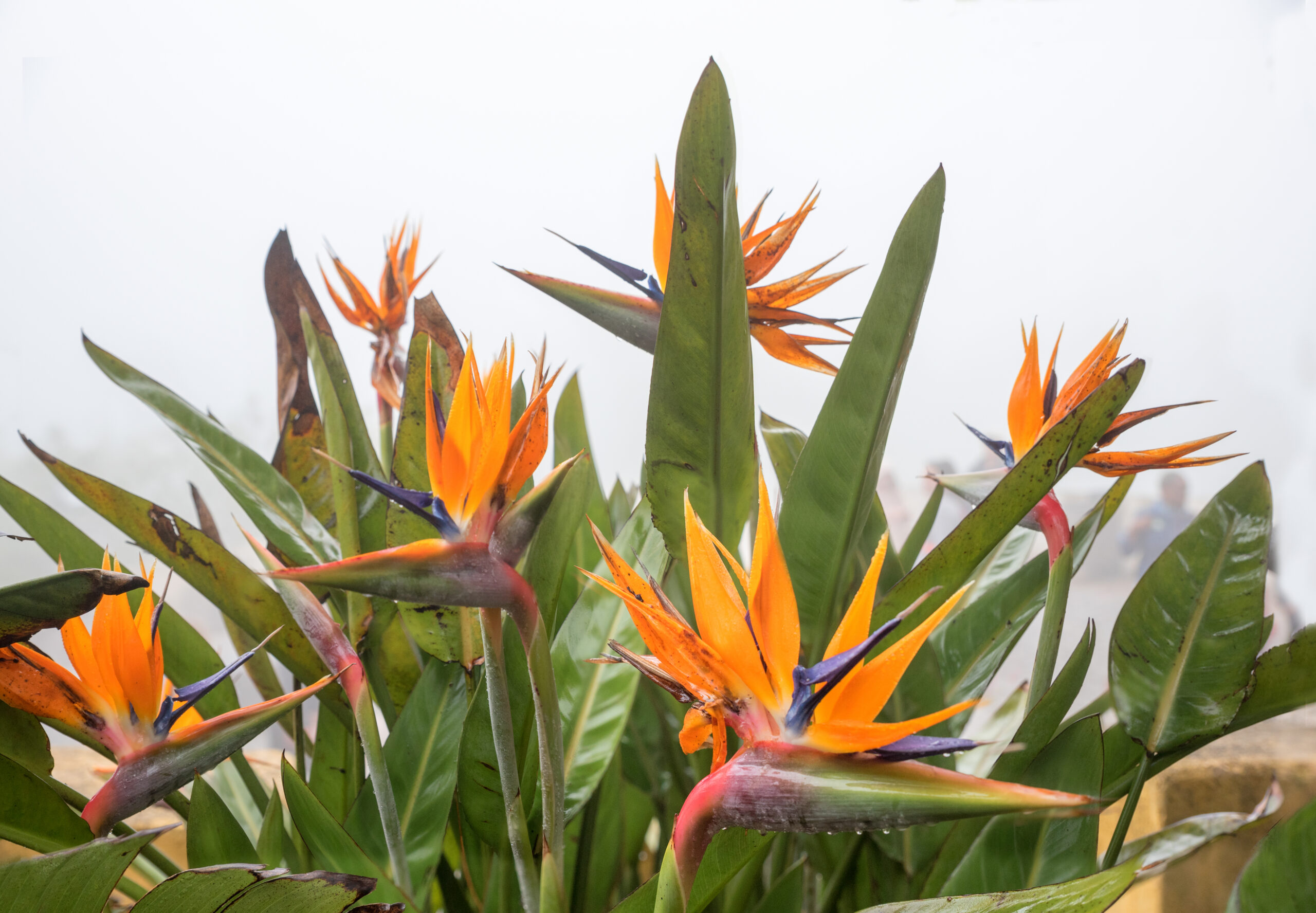
Exotic flowers have a way of captivating people with their vibrant colors and unusual shapes. Read More.
